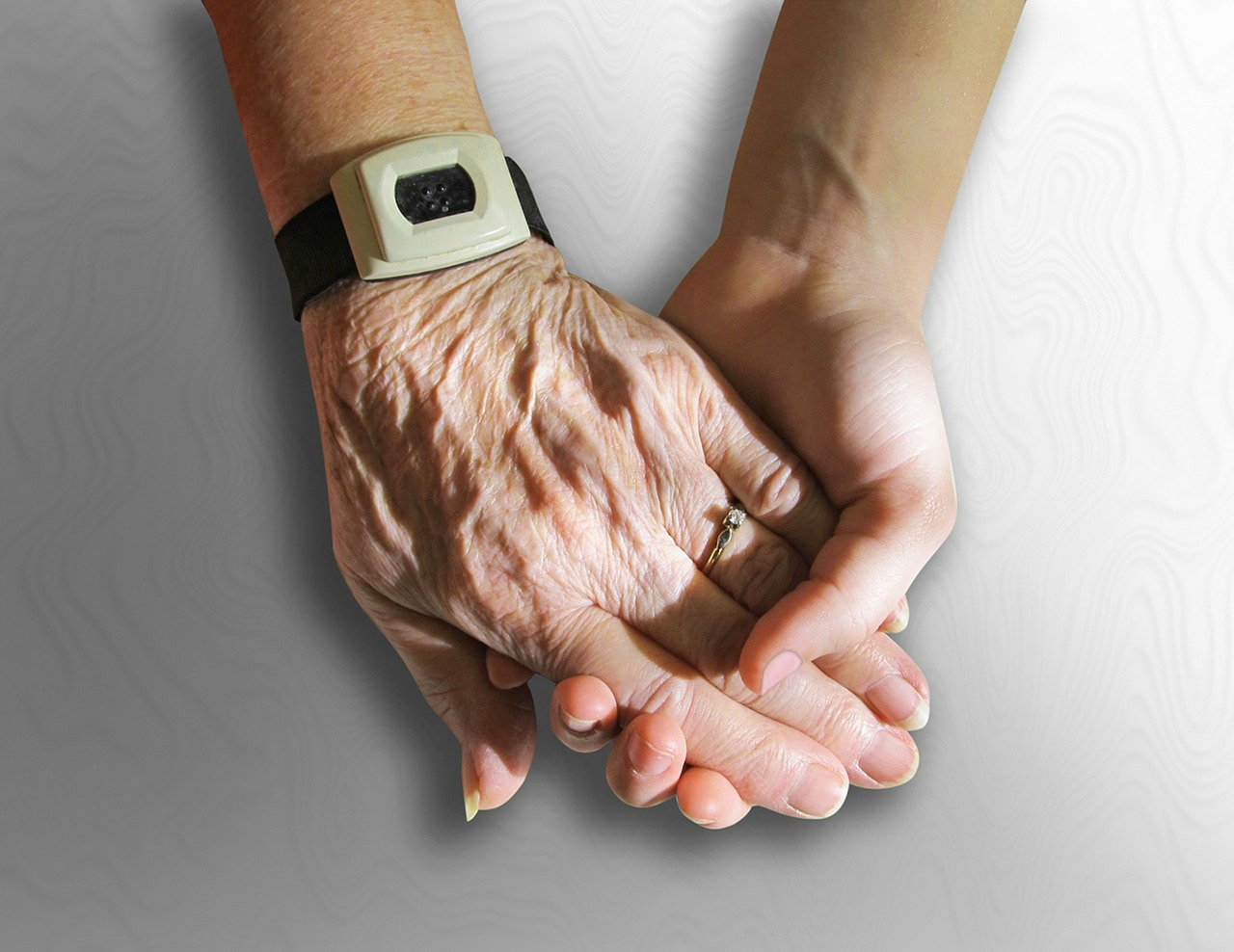In my experience as a teacher in a virtual environment, online students have some distinct advantages over students in traditional “brick-and-mortar” schools. In addition to a myriad of services, virtual schools let teachers monitor their students’ class work and assignment completion in a closer, more comprehensive way. They can better help students keep up or catch up with their schoolwork. For students who have experienced bullying, a virtual school is an emotionally safer environment. The wall of privacy works to level the social environment and helps students enjoy more equity and safety.
However, this same wall of safety can easily result in students being isolated from their peers and contact with their communities.
At Insight School of Washington, we have implemented a special social-emotional learning (SEL) curriculum to teach students the valuable skills they need in order to face life’s challenges and connect with people. The curriculum leads the students through the seven mindsets found to be the driving factors for many highly successful people. After each lesson, it assigns journal writing for students to reflect on implementing the concepts in their own life.
In addition to the journal assignments provided, this year I decided to give my students an assignment to raise money or donate time to a cause they felt passionate about. The assignment was to identify the cause they wanted to help, then contact the organization to set up a meeting with a lead person. At the meeting, they were to ask what the organization needed most and once they knew, to find a way to fill the stated need. I had felt inspired to do more service by the curriculum and I began to think that community service was an essential part of implementing and practicing the seven mindsets. Students can learn so much from service, and it would give them time away from their computers and get them deeply involved in their community.
The kids were on board as soon as I assigned their new challenge. One student collected dog food for the local animal shelter; another student collected money and purchased new pillows for a homeless shelter. The students who participated found the service enriched their lives. They felt good about what they were doing and looked for more ways to serve.
One student, however, struggled with the entire concept. He had developed a social life that circled entirely around the computer. I had to keep encouraging him to find his cause. This was not easy for him, but he recently found a cause and started volunteering. He now goes to a retirement home twice a week and teaches the people to set up email and social media like Facebook in order to connect with their families and friends. He loves doing it, and the people are enjoying working with him.
Because I wanted to be a good example to my students, I also picked a cause I felt was worth supporting and began to raise money for them. I was concerned about the education of the millions of children who are Syrian refugees, so I researched and found an organization called Small Projects Istanbul (SPI) This organization pays the school fees, buys the school uniforms, and hires language tutors for Syrian refugee children in Turkey. The first fundraiser I organized was called “A Very Syrian Thanksgiving.” A chef prepared a scrumptious seven-course meal of Syrian food. During the supper fundraiser, a musician and a voice artist played songs and read poetry and stories from Syrian authors. The event raised enough money that SPI added ten more children to their services. A second fundraiser, a concert, is scheduled for May 20th. The joy I feel helping this cause cannot be measured.
The joy my students feel is also obvious. I have seen increases in self-confidence, and often an uptick in their participation and success in their own education. Many of my students have experienced social anxiety or feelings of failure because they had been unsuccessful in public schools all their lives. As a result of these negative experiences, many had started to believe that living virtually was the best way to interact with others. Now, however, they go out into the community and, because of the service they are doing, they are complimented for their work and supported in socially encouraging ways. I keep in touch with their service supervisors and delight when I get photographs of them doing service as well as letters telling me how wonderful it is to have them. My students feel great about what they are doing, and I can see them moving towards a better assessment of themselves and a brighter vision of the possibilities for their lives.
Students choose online schools for a variety of reasons. I have met students with social anxiety issues, students with autism, students with department of justice issues, student athletes, student celebrities, and many homeschoolers. In the online environment, everyone is equal. Now, because of the SEL curriculum and the community service projects we have chosen, my students and I are connecting with our communities and engaging in inspiring ways. In service to causes we love, both my students and I have discovered joy and purpose that has expanded our lives and our world views in beautiful ways.
Kimberly Hinton is a special education teacher at Insight School of Washington, an online choice school by K12, where she and her students use the 7 Mindsets SEL curriculum.
Tech Tips is a weekly column in SmartBrief on EdTech. Have a tech tip to share? Drop us a line at [email protected].
_________________________________________
Like this article? Sign up for SmartBrief on EdTech to get news like this in your inbox, or check out all of SmartBrief’s education newsletters, covering career and technical education, educational leadership, math education and more.
